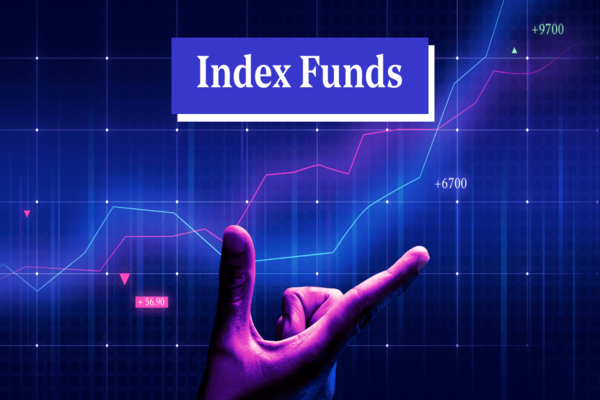The demand for currency trading refers to the demand for currency by
individuals and institutions when purchasing and selling goods or services. This
demand arises due to the daily expenses, investment activities, and savings of
individuals and institutions. The demand for currency trading reflects the
demand of economic entities for the payment ability and liquidity of currency,
which are influenced by factors such as income level, price level, and interest
rate level. At the same time, the demand for Currency Trading is also influenced
by individuals and institutions' expectations of future economic conditions and
risks. Therefore, the demand for currency trade is one of the important
driving forces for currency circulation in a market economy, which is of great
significance for monetary policy formulation and financial market operation.

This concept involves multiple related terms and concepts, and some important
terms will be explained below:
1. Demand for money
Demand for money refers to the willingness and demand of individuals or
institutions to hold money in order to purchase goods and services. This demand
can be driven by reasons such as people having to pay for daily expenses,
investments, and savings.
2. Trading requirements
Trading demand refers to the Demand for money required for purchasing and
selling goods or services. This demand is usually used to meet the needs of
individuals and institutions conducting trades in the market.
3. Reserve demand
Reserve demand refers to the demand for individuals or institutions to hold
currency as reserves. This demand is usually generated by individuals or
institutions anticipating potential future expenditures, emergencies, or risk
prevention needs.
4. Prevention needs
Preventive demand refers to the need for individuals or institutions to hold
currency in response to possible future uncertainties. This demand can be used
to respond to emergencies or funding shortages.
5. Speculative demand
Speculative demand refers to the trading demand of individuals or
institutions in order to profit from fluctuations in currency prices. This
demand is usually generated by individuals or institutions' predictions of
market prices.
6. Yield
Yield refers to the return or interest that can be obtained by holding
currency. Currency holders can obtain returns by investing or depositing in
banks.
7. Interest rate
The interest rate refers to the interest required to be paid for borrowing
currency. The level of interest rates directly affects reserve demand and the
investment decisions of currency holders.
8. Inflation
Inflation refers to the continuous rise in price levels, leading to a
decrease in the purchasing power of currency. Inflation will affect Demand for
money and currency transaction demand.
These terms and concepts aid in comprehending the dynamic changes and influencing factors of currency trade demand. They also play a crucial role in guiding the supply and demand dynamics of currency and in formulating monetary policy







